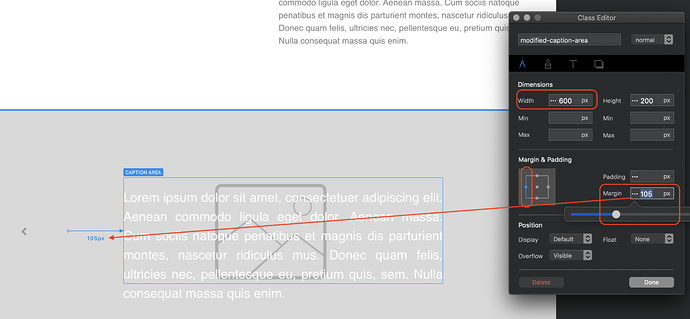hendon52 –
So generous of you to provide this outline and methodology.
I actually think this is an amazing opportunity to create a space, perhaps a dedicated separate forum topic, where other blocs users describe their workflow and design process using Blocs.
A space where newbies and learners can visit to get a deeper view into using Blocs.
A next useful contribution, would be someone creating a Blocs Book, where each component is broken down into its parts, with all pre-packaged classes or other controlling attributes (bootstrap based, or added by Norm) is clearly and fully and visually conveyed so that when using any element in blocs the under the hood stuff is revealed and therefor decisions can be made by the user on how to deploy and modify them.
Finally, I, as a former architect, and art maker, who has used a diverse set of tools, from real media to an array of CAD and other creative software(s), the process of design & creation is a very personal process, from body/mind into media. And so I, too, have a diverse and seasoned experience with a creative process, and its stages, from inspiration to completion and delivery.
When a tool unduly dictates or influences the earlier stages of a creative process, then it may be that the tool finds its strength in the ‘assembly’ stage of creation rather then the inspiration phase of creation, both of which are part and parcel of an overall design/creation process.
My sense (which is now even further enhanced from reading your very clear and helpful outline), is Blocs due to its very underpinnings and aspirations leans towards the assembly process.
This is not good nor bad, this is not a vote for or against, but simply an observation tied intimately to my experience of learning, using, and coming to understand this tool.
Blocs is working for me, as I have built two completely different iterations of my website (current one here: www.danielfactor.com) both of which required I learn about this tool, and both of which satisfied my vision for my website, and so I will continue to use Blocs. My goal now, is to gain more proficiency and control with it.
Thanks for your excellent guidance and contributions.




